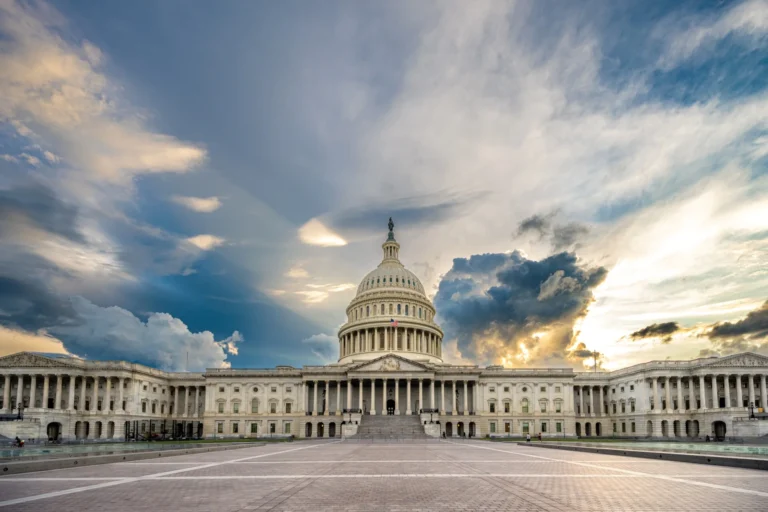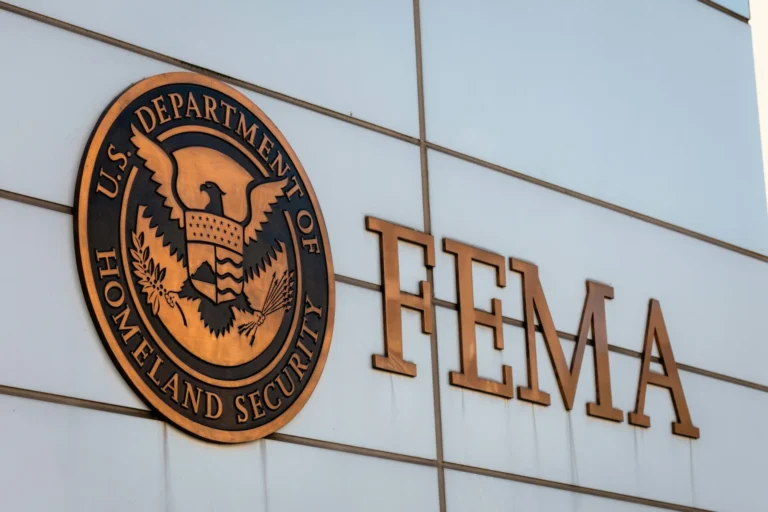By Cliff Montgomery – Feb. 7th, 2009
Every two years, the U.S. Government Accountability Office (GAO) releases an updated list of federaloperations, programs and policies that either are “high risks” for fraud, waste, mis-management and abuse, orare in need of basic transformation.
Gene Dodaro, Acting Comptroller General and GAO chief, released the agency’s 2009 High-Risk List at aJanuary 22nd bipartisan briefing on Capitol Hill. At the briefing were leaders of the House Oversight andGovernment Reform Committee and the Senate land Security and Governmental Affairs Committee.
The three additions to this most recent High-Risk List deserve special attention.
“The regulatory system governing U.S. financial institutions and markets, the Food and Drug Administration’s(FDA) oversight of medical products, and the Environmental Protection Agency’s (EPA) assessment andcontrol of toxic chemicals have all been added to the High-Risk List,” stated a January GAO press release.
“The three areas added to this year’s High-Risk List are all vital to the public’s well being. It’s clear that basicchanges are needed to how the federal government regulates the financial system, oversees medicalproducts, and assesses and controls toxic chemicals. I am hopeful that the inclusion of these issues will leadto greater scrutiny and spur needed reforms,” Dodaro was quoted as saying in the release.
One federal department received an especially harsh appraisal from the GAO chief.
“The Department of Defense continues to dominate the High-Risk List,” Dodaro was quoted as saying in thepress release.
“The military’s lack of progress is of growing concern to GAO. DOD owns eight areas on the High-Risk Listoutright, and it shares government-wide responsibility for an additional seven areas,” out of the “30 programsand operations on GAO’s 2009 High-Risk List,” according to statements from the January release.
But Dodaro did have some good news for lawmakers at that January meeting. The GAO chief “announcedenough progress had been made to remove one item from the list: the Federal Aviation Administration’s (FAA)air traffic control modernization,” according to the agency’s press release.
The release provided specific information on the three recent additions to the High-Risk List. The AmericanSpark gives verbatim quotes of the info regarding those additions below:
· THE OUTDATED U.S. FINANCIAL REGULATORY SYSTEM – The worst financial crisis since the Great Depression has revealed major weaknesses in the U.S. financial regulatory system, which failed to keep pace with recent market trends, such as the emergence of large, interconnected financial conglomerates, and the development of new, often complex, investment products.
In the near term, strong oversight is needed to ensure that the huge sums being deployed by the Treasury Department and other government entities are achieving their goals and are being used efficiently. Long term, GAO believes that modernizing the U.S. financial regulatory system and aligning it to current conditions is an essential step to reducing the likelihood that our nation will experience another financial crisis similar to the current one.
· FDA OVERSIGHT OF MEDICAL PRODUCTS – New laws, the complexity of items submitted to FDA for approval, and the globalization of the medical products industry are challenging FDA’s ability to guarantee the safety and effectiveness of drugs, biologics, and medical devices. As a result, the American consumer may not be adequately protected from unsafe and ineffective medical products.
FDA needs to improve the data it uses to manage the foreign drug inspection program, do more inspections of foreign establishments that manufacture drugs or medical devices, more systemically review the claims made in drug advertising and promotional material, and ensure that drug sponsors accurately report clinical trial results.
· EPA’S PROCESSES FOR ASSESSING AND CONTROLLING TOXIC CHEMICALS – EPA’s ability to protect public health and the environment depends on credible and timely assessments of the risks posed by toxic chemicals. Its Integrated Risk Information System, which contains assessments of more than 500 toxic chemicals, is at serious risk of becoming obsolete because EPA has been unable to keep its existing assessments current or to complete assessments of important chemicals of concern.
Overall, EPA has finished only nine assessments in the past three years – at the end of 2007, most of the 70 ongoing assessments had been underway for more than five years.
EPA urgently needs to streamline and increase the transparency of this assessment process. The agency also requires additional authority than currently provided in the Toxic Substance Control Act to obtain health and safety information from the chemical industry and to shift more of the burden to chemical companies to demonstrate the safety of their products.





